7 Reasons to switch to an eyepiece-less stereo microscope.
1. Greater freedom of head movement
Get unstuck from a fixed head position
When using a conventional stereo microscope, users must severely limit any head movements, otherwise the exit pupils become misaligned and the magnified image is not seen clearly.


2. Maintain a comfortable body position
Improve productivity with enhanced user comfort
Microscopy can make tough demands on an operator’s skeletal system. When operators are uncomfortable or strained, accuracy and performance is compromised.
3. Manipulate objects without losing focus
Improved hand to eye co-ordination and manipulation of objects
Hand-eye coordination is always a challenge when using tools or when manipulating subjects under an ordinary microscope. When working with traditional microscopes, hand to eye co-ordination is sometimes difficult because the short distance between the eye and the eyepiece limits peripheral vision.

4. Reduces eye strain and headaches
Reduces eyestrain
94% of microscope users reported visual problems or a combination, of eye discomfort including headaches and dry eyes. There are 3 main reasons why so many microscope users experience this form of discomfort.


5. Wear glasses/safety goggles
Eye-relief and how it affects operators who need to wear eyewear
Problems arise for glasses wearers when their eyes cannot get close enough to the exit pupil. When this happens the image is in focus but the field of view is restricted and it is difficult to keep the exit pupil over (or within) the eye pupil diameter. In addition, a slight shift in user position can cause shadowing in the field of view.
6. Reduction in cross contamination
Employees’ health and safety as a priority
As well as their ergonomic advantages, eyepiece- less stereo microscopes present clear advantages for minimizing cross contamination: the viewer’s eyes are not in contact with the instrument, greatly reducing the risk of infection from shared use, and wearing protective goggles or face shields does not restrict their usability.


7. A cost effective solution
Factoring in true cost of ownership
Poor quality is expensive. Typically a company will have losses due to waste, rework and warranties at an average of 10%. If quality standards do not improve, it could cost manufacturers their reputation.
Company losses can also take place when production deadlines are not met due to poor quality of supply chain materials or when production is delayed due to employee health.
Download Full Article
Complete the form and we will email the article to you.



